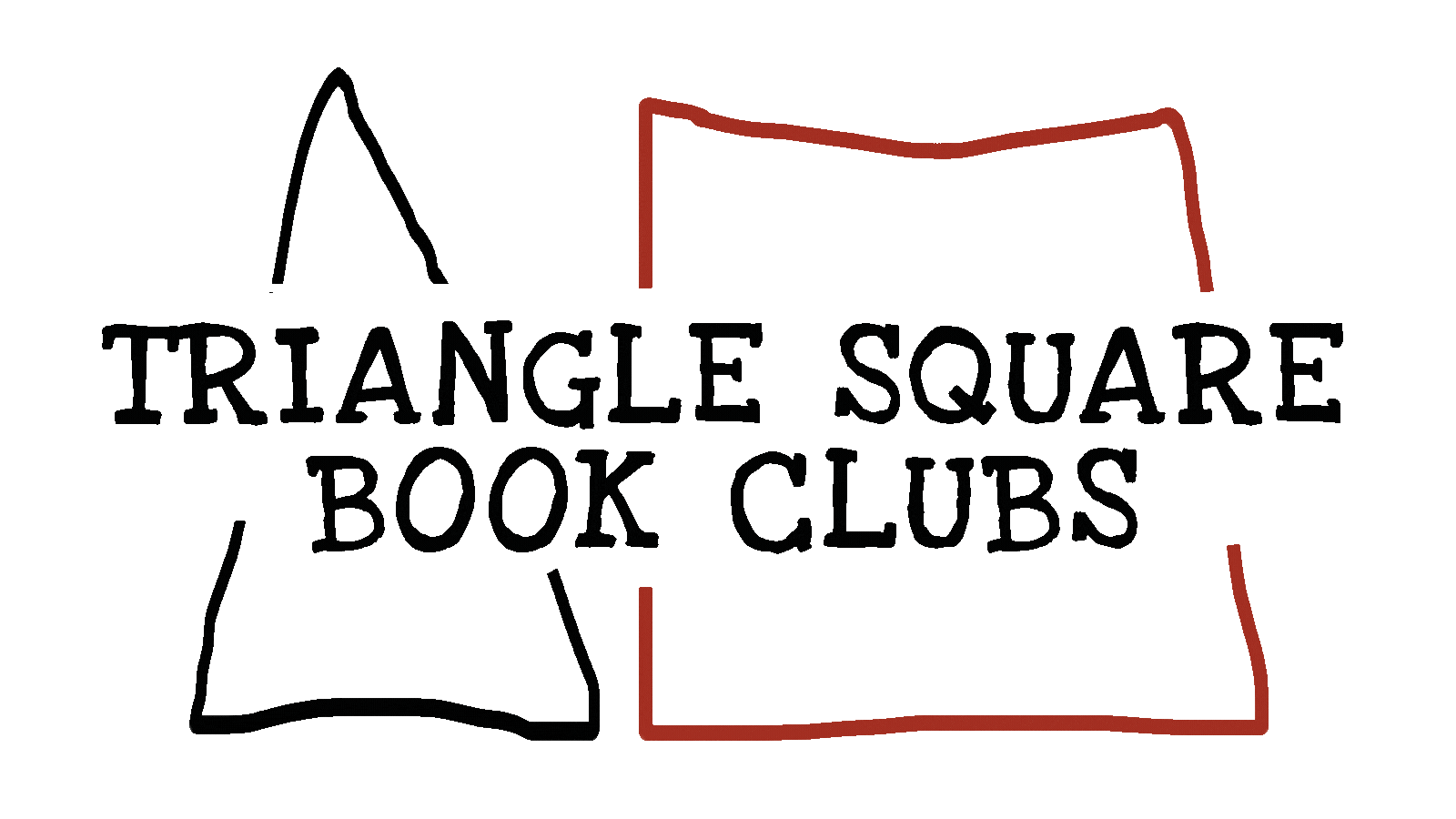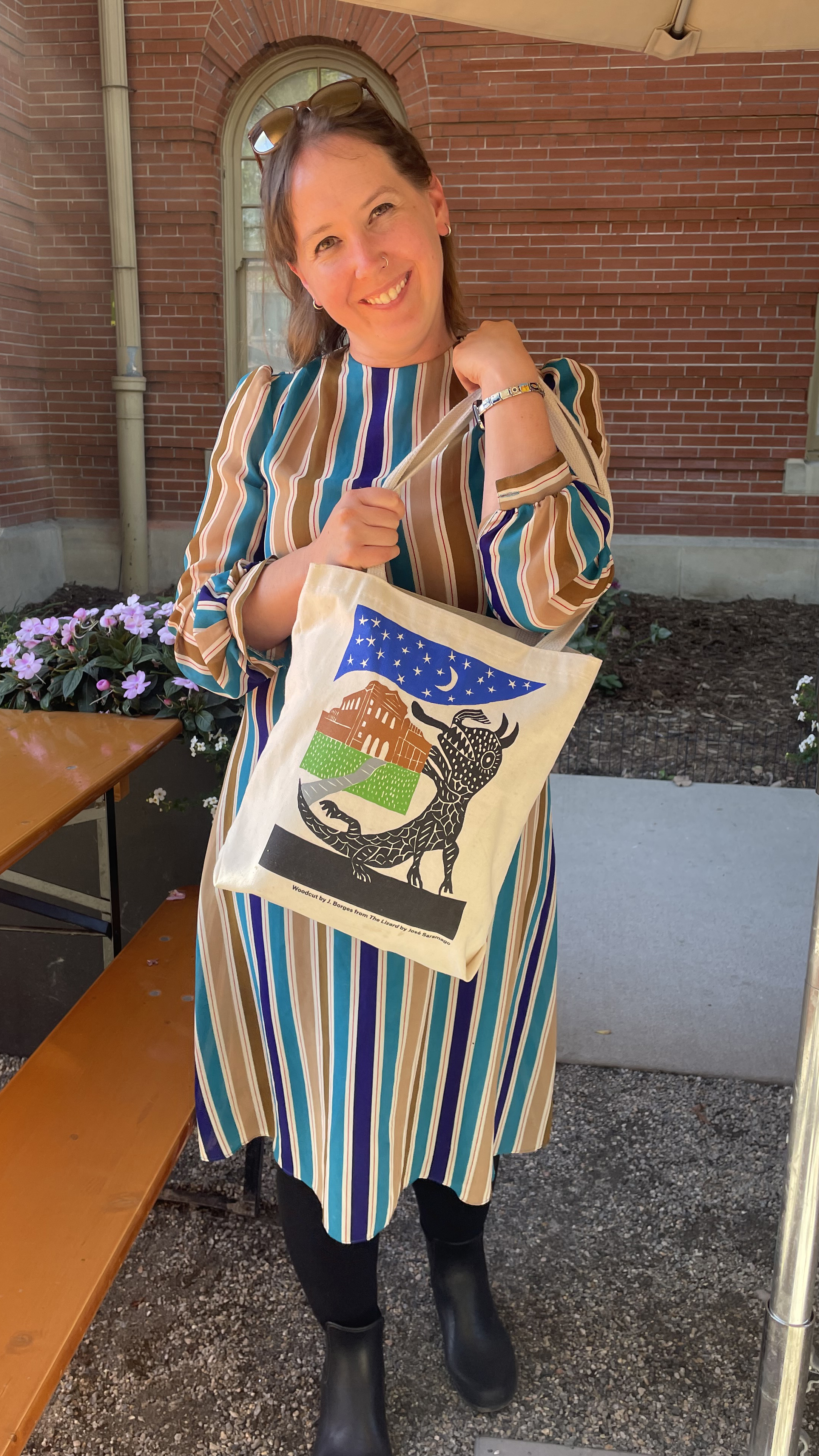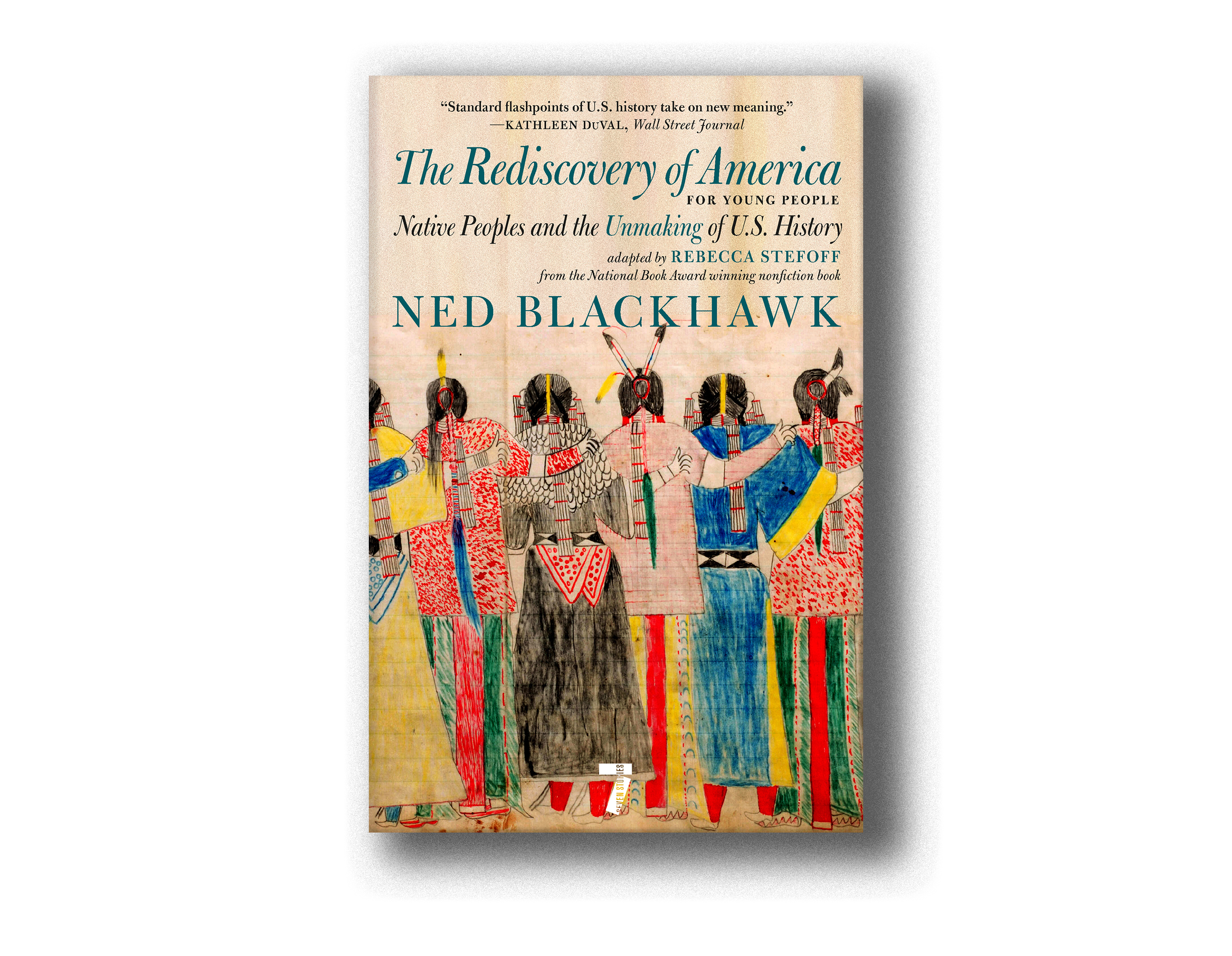To celebrate the publication of Guerrilla Warfare by Che Guevara, we're excited to share two excerpts from the text: a letter from the editors and the book's foreword by Harry “Pombo” Villegas. In these passages, you will see the ways in which this book represents a living document of revolutionary strategy, updated and revised by Che during his lifetime to incorporate new findings from recent anti-imperialist struggles, and updated in death by his editors to include notes and changes Che had planned for subsequent editions. Like the text itself, these passages paint a portrait of a meticulous, strategy-oriented revolutionary — one who approached both his writing and his military plans with a similar careful precision. The reader will find, as many have before, that Guerrilla Warfare is an illuminating book, and a necessary read for any radical looking to enhance their understanding of revolutionary strategy.
EDITORIAL NOTE
For many readers around the world, the publication of the essential writings of historic figures has a high symbolic value, given that they represent a perspective on a particular era and, in turn, a form of living memory of the author themselves.
This is one of the aims behind this publication of Guerrilla Warfare, which was written by Che Guevara between 1960 and 1961, and published immediately. The book, however, has its own history and evolution that, we venture to say, has surpassed the expectations of its author, who by preparing a manual on guerrilla warfare intended to systematize rules, to theorize a practical experience (the guerrilla struggle in Cuba), define its structures, and draw out some generalizations.
Due to this book’s form, content, and Che’s sharp and concise style, it very soon found an echo in the revolutionary movements of the 1960s, reflected in Che’s description of the new type of guerrilla fighter and the essential role that they should play as a social reformer and catalyst for full social justice.
This clearly explains why the manual very soon also became a widely studied text in US counterinsurgency schools and military academies.
The course of historical events led Che to embark on a new front in the struggle in the Congo in 1965, his memories of which are recorded in Congo Diary (Seven Stories Press, 2021). This experience, despite the importance of its objectives, did not produce the expected results; a retreat was forced upon Che and the Cuban combatants who had been mobilized to support the struggle following a request made by the Organization of African Unity. It was decided that Che would leave the Congo, first to travel to Tanzania and later to Prague, the place chosen for the preparation of future battles. He remained in Prague until July 1966, when he returned incognito to Cuba to begin the military training that would lead him to Bolivia.
During his time in Prague, among the tasks Che assumed was a revision of Guerrilla Warfare, based on a suggestion made by Fidel Castro in a letter dated June 3, 1966.
Fidel wrote:
I read the entire draft of the book about your experience in the C.* and reread the manual on guerrilla warfare, so as to be able to make the best possible analysis… Although in an immediate sense, there is no point in talking to you about these issues, for the time being I will limit myself to telling you that I found the work on the C. extremely interesting and I think that the effort you made to leave a written account of everything was really worthwhile. In relation to the manual on guerrilla warfare, it seems to me that it should be updated a bit in view of the new experiences accumulated in the field, to introduce some new ideas and to emphasize certain questions that are absolutely fundamental.
* Fidel is referring to the Congo, Africa.
Che had very little time for revising the text between receiving the letter from Fidel and the date of his return to Cuba, which explains the mechanisms used for the changes that were introduced, especially in terms of his suggestions for a future and more complete expansion of the text. The method used maintained the style that Che always employed — the use of several colors (red, blue, and green) — as well as annotations in the margin pointing to the need to consult, consider, and expand on different points. Many of the notes remained on the level of mere observations that could not be developed for obvious reasons. At the same time, the comprehensive and temporal vision of Che’s new observations is displayed, for example, when he writes, “correct this in accordance with the Vietnamese [experience].”
Given the testimonial and historical value of the annotations made by Che, the present edition of Guerrilla Warfare incorporates them with their corresponding explanations and places them in boldface in the text and footnotes, so as to make them more intelligible to the reader.
The Che Guevara Studies Center and Ocean Press, as part of their joint publishing project, and particularly in relation to Che’s classic texts, wish to offer the reader the definitive, albeit unfinished version of a work that is always present and permanently being renewed, as Che suggested in the first edition in his dedication to Camilo: “This work is dedicated to Camilo Cienfuegos, who should have read and corrected it, but whose fate prevented him from carrying out the task.”
The editors
FOREWORD BY HARRY "POMBO" VILLEGAS
The request of the Che Guevara Studies Center to prepare a few brief notes for a foreword to the new edition of Che’s Guerrilla Warfare, which he later updated during his stay in Prague after the end of his campaign in the Congo, represents for me an immense commitment.
Che’s theoretical creativity, characterized by his multidisciplinary approach and backed by his coherent practice in relation to his ideas, offers for progressive people throughout the world — and especially the young — unquestionable guiding values. This is why the desire expressed in the Cuban Pioneers’ slogan to “be like Che” continues to be valid for almost all of humanity in its quest for full social justice.
Demonstrating the versatile nature of Che’s creative activity, Guerrilla Warfare brings together the theoretical-practical experience of the revolutionary war in Cuba, synthesizing the strategy and tactics of the Cuban revolution during the struggle for power. The book also brings together the military thinking behind that process in the insurrectional stage, and the military activities of Fidel Castro as its leader, and its vanguard of Raúl Castro, Juan Almeida, Camilo Cienfuegos, and Che Guevara. It was Che who assumed responsibility for objectively analyzing and generalizing this experience, with the aim of providing the necessary theoretical framework that is indispensable for those who in the future might adopt this method of struggle.
For many analysts of revolutionary war in different parts of the world, Guerrilla Warfare is one of the texts that discusses the topic most systematically.
Since its first publication, these qualities have not escaped the attention of US military analysts, who have incorporated it as a text to be studied and used in the preparation of counterinsurgency forces (such as the Green Berets). These forces were created and trained as a military response to the upsurge in revolutionary movements— and especially the guerrilla struggles that were developing in Latin America — following the victory of the Cuban revolution.
As is obvious, the validity of the ideas contained in this book was recognized by the empire’s think tanks when they were analyzing the causes that generated this phenomenon in Cuba. They have also studied the strategic alternatives proposed by the leaders of the Cuban revolution in relation to changes that should be incorporated in light of new experiences of social transformation.
The imperialist enemy has tried to respond and offer possible ways to combat these ideas. One such initiative was the so-called Alliance for Progress, which was established in 1961 with the objective of preventing a repetition of the Cuban revolution elsewhere in the region, arguing that it was an isolated or exceptional case. The objectives established after the victory of the revolution in 1959 are still being pursued today with new treaties such as the Free Trade Area of the Americas (FTAA), which has the identical goals of subjugation and exploitation.
This explains why Che felt compelled to analyze the Cuban experience in light of revolutionary theory and practice in a way that could be applied to other peoples’ struggles. From this arose the need for Guerrilla Warfare to offer a methodology, a guide, and a way to take political power in Latin America through the means of armed struggle.
The starting point for the ideas underlying this manual are the conditions of exploitation prevailing in the region and their social consequences, conditions which generate illiteracy and inadequate health care, unemployment, and overwhelming impoverishment in almost all the countries of the hemisphere. This is the result of the domination imposed by governing oligarchies that are the unconditional allies of the United States, and that are responsible for obstructing the appropriate roads to resolving these scourges, thereby impeding a more just society.
Given the weight of such negative and harmful conditions, it was clear that there was no other alternative but to resort to violence in response to the intimidation that was imposed. Therefore, for Che, employing the guerrilla struggle was the most appropriate and certain road, although it was also the one that required the most sacrifice.
It should also be considered that the response conceptualized by Che was not only the concrete result of a revolutionary theory and practice, but was also an attempt to incorporate and apply a specific methodology and didactic approach to this form of struggle. Che seeks to clearly define the advantages of the method to be utilized to achieve success, in what are known as the “seven golden rules” of the guerrilla struggle, as well as to define the risks and dangers that might lead to failure.
Military thinking, in its theoretical dimension, is defined in revolutionary terms as the range of concepts, ideas, and principles held by an individual or group regarding the way to conduct war. In general, these experiences are imparted in writing, as in Che’s classic works such as Reminiscences of the Cuban Revolutionary War (Seven Stories Press, 2022) and Congo Diary (Seven Stories Press, 2021), “Guerrilla Warfare: A Method,” and this book, Guerrilla Warfare (Seven Stories Press, 2022).
Other methods are transmitted based on the experiences derived from practical activities, battles, military operations, and the conduct of war. In the concrete case of Cuba, the main example and maximum exponent of this is Fidel.
Many will ask, 45 years after Guerrilla Warfare was first published, whether the ideas proposed by Che retain their validity as the way to take political power under current conditions. To respond requires returning to the main lines of Che’s thought; as a Marxist, he offered an objective analysis and a coherent approach in dealing with reality in time, form, and space, which was indispensable for the analysis and elaboration of his political-military theses.
The possibility of applying these theses and achieving success in irregular warfare through the guerrilla struggle was based on the limited possibility of finding other ways to realize the dreams and ideals of the masses. For Che, the role of the guerrilla fighter was to be a catalyst that could accelerate the conditions of struggle among the people, consistent with the principle that the role of the revolutionary is not to sit back and wait to see the cadaver of imperialism pass by, but to facilitate the conditions that lead to its collapse.
For Cubans, the need for revolutionary war and its combative spirit remains valid as the only way to defend ourselves against our potential enemy, Yankee imperialism, and to preserve the revolution and the social justice we have achieved. This is implicit in our military doctrine of the War of All the People, a strategy designed to provide each citizen with a way of participating in the fight, by which guerrilla warfare continues to be a genuine mass struggle.
For Che, the people are to the guerrilla fighters what water is to a fish, that is, their means of existence. On the tactical level, the “seven golden rules” remain valid, in so far as if creatively applied they would guarantee victory:
- Do not engage in a fight that cannot be won.
- Move continuously, hit and run.
- Use the enemy as the main supplier of weapons.
- Hide your movements.
- Make use of the element of surprise in military actions.
- Form new columns once some power has been won.
- In general, proceed through three phases: strategic defense, balance between the possibilities of enemy action and guerrilla action, and finally the total annihilation of the adversary.
In short, all this is conducted using the tactics of the guerrilla: mobility, nocturnal movement, flexibility, ability to surprise, rapidity of attack, the care and rationing of supplies, and rapid alternation between concentrating efforts and decentralizing.
At the present time, as a result of the disintegration of the socialist camp, the dislocation of most of the forces of the left, and the consolidation of a hegemonic world order, the enemy has been forced, in the specific case of Latin America, to introduce superficial changes in its methods of oppression and colonial domination. Military dictatorships have been replaced by pseudo-democratic governments, subordinate, as always, to imperialism’s dictates and orders, making false promises to try to solve the serious problems that our people suffer as a result of neoliberalism and the consequences of underdevelopment — problems that the oligarchies and the transnationals have never been interested in solving.
In the case of progressive governments that have gained office through the electoral road, taking advantage of the so-called democratic opening, they have projected social programs with the aim of improving their peoples’ situation. The immediate reaction of the imperialists has been to accuse them of being terrorists, of forming part of the “axis of evil,” and so on. This has been accompanied by different types and methods of aggression employed with the intention of blocking plans that would benefit the popular sectors. Logically, this leads to confrontation, and does not exclude the possibility that under specific conditions, after exhausting the democratic road, it will be necessary to resort to violence and return to the fundamental principles of guerrilla warfare as the only alternative to build a better world.
With the reading or rereading of Guerrilla Warfare you can reach your own conclusions, returning to José Martí’s principle of struggling to achieve as much social justice as possible, a principle for which Che fought throughout his revolutionary career.
Harry “Pombo” Villegas
ERNESTO GUEVARA DE LA SERNA was born in Rosario, Argentina, on June 14, 1928. While studying for a medical degree in Buenos Aires, he took a trip with his friend Alberto Granado on an old Norton motorcycle through all of Latin America, the basis for The Motorcycle Diaries. During his travels he witnessed the Bolivian revolution in 1953; and, in Guatemala in 1954, the overthrow of the democratically elected government of Jacobo Arbenz by US-backed forces. Forced to leave Guatemala, he went to Mexico City, where he linked up with exiled Cuban revolutionaries and met Fidel Castro in 1955. Che joined their expedition to Cuba, where the revolutionary war began in the Sierra Maestra mountains. At first Che was the troop doctor, and later became Rebel Army commander in July 1957. Following the rebels’ victory on January 1, 1959, he was a key leader of the new revolutionary government and also of the political organization that in 1965 became the Communist Party of Cuba.





